Other travel notes
- European bathing locations
- Bosanski Brod - how the other half live
- Pianos in France
- World heritage sites
- Barcelona by bike
- The biodiversity of dragons' teeth
- French night trains
- Let's Go! - exploring Gorizia and Nova Goriza
- A lasting legacy
- Plan-free London to Morocco
- Meet and Greet Brussels
- Meet and Greet Lubeck
- What are the chances of missing a connection?
- How do you solve a problem like Monturiol?
- Sports report
- Sunnyland - an anti-war advert?
- Swedish night trains
- The architecture tram
- Third Place
- Taking the train to Spain
- Could this problem-solver solve today's biggest problems?
- A divine solution to the Zaragoza Delicias problem
A slice of Brod
It’s a lot easier to learn from history when you’re with a good teacher and standing in the right place. Slavonski Brod is one of those places and I think Goran is the right teacher.
It’s the morning after the night before and I’m meeting Goran at the cafe/bar by the entrance to the baroque Brod Fortress.
I’m nursing a hair-of-the-dog beer and Goran sticks to the coffee.
The previous evening the fortress had been the venue for the annual Slavonija Fest music festival which celebrates the end of summer and has become something of an institution.
As well as being a great venue, it’s also the perfect starting point for Goran’s tours.
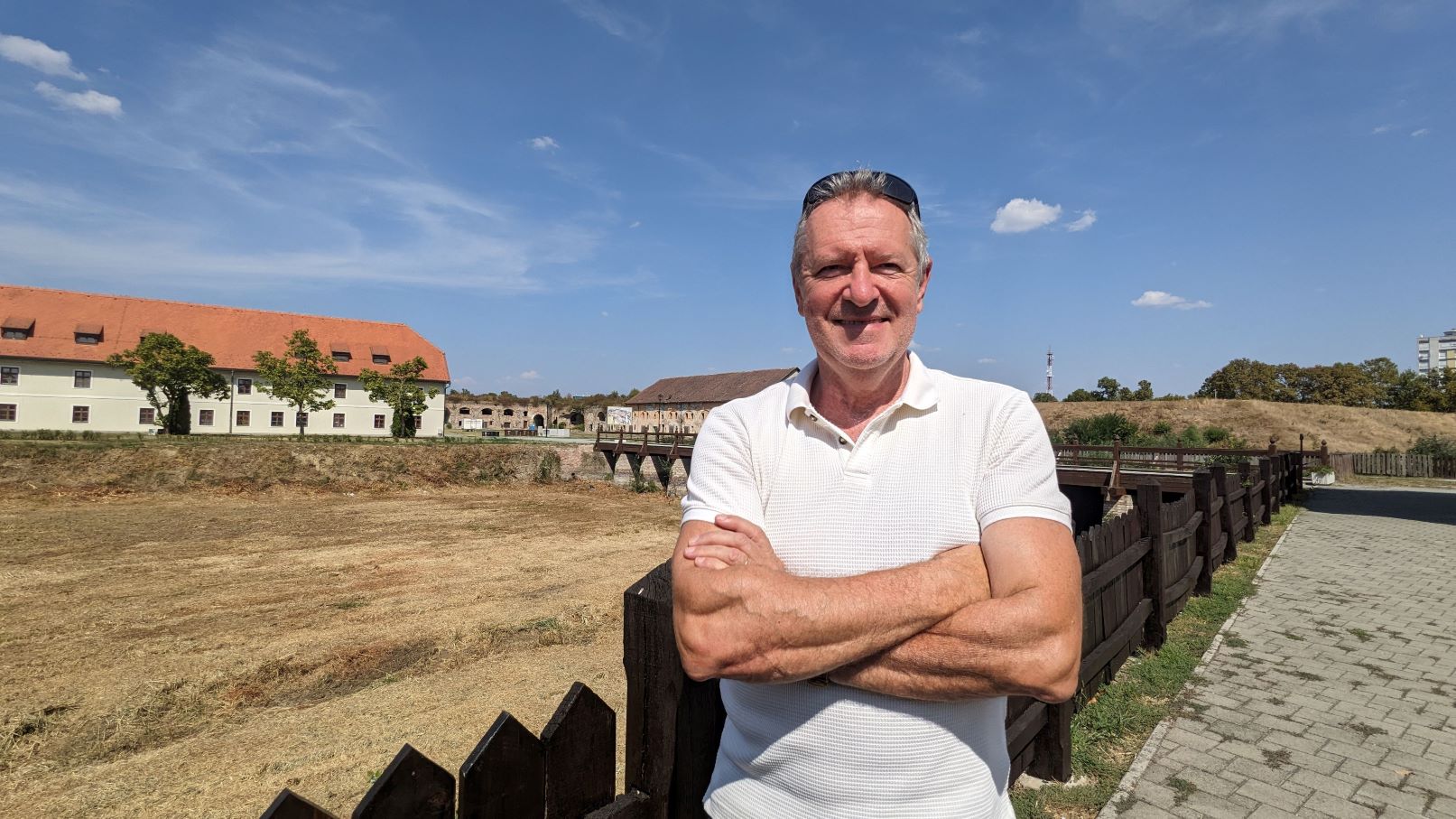
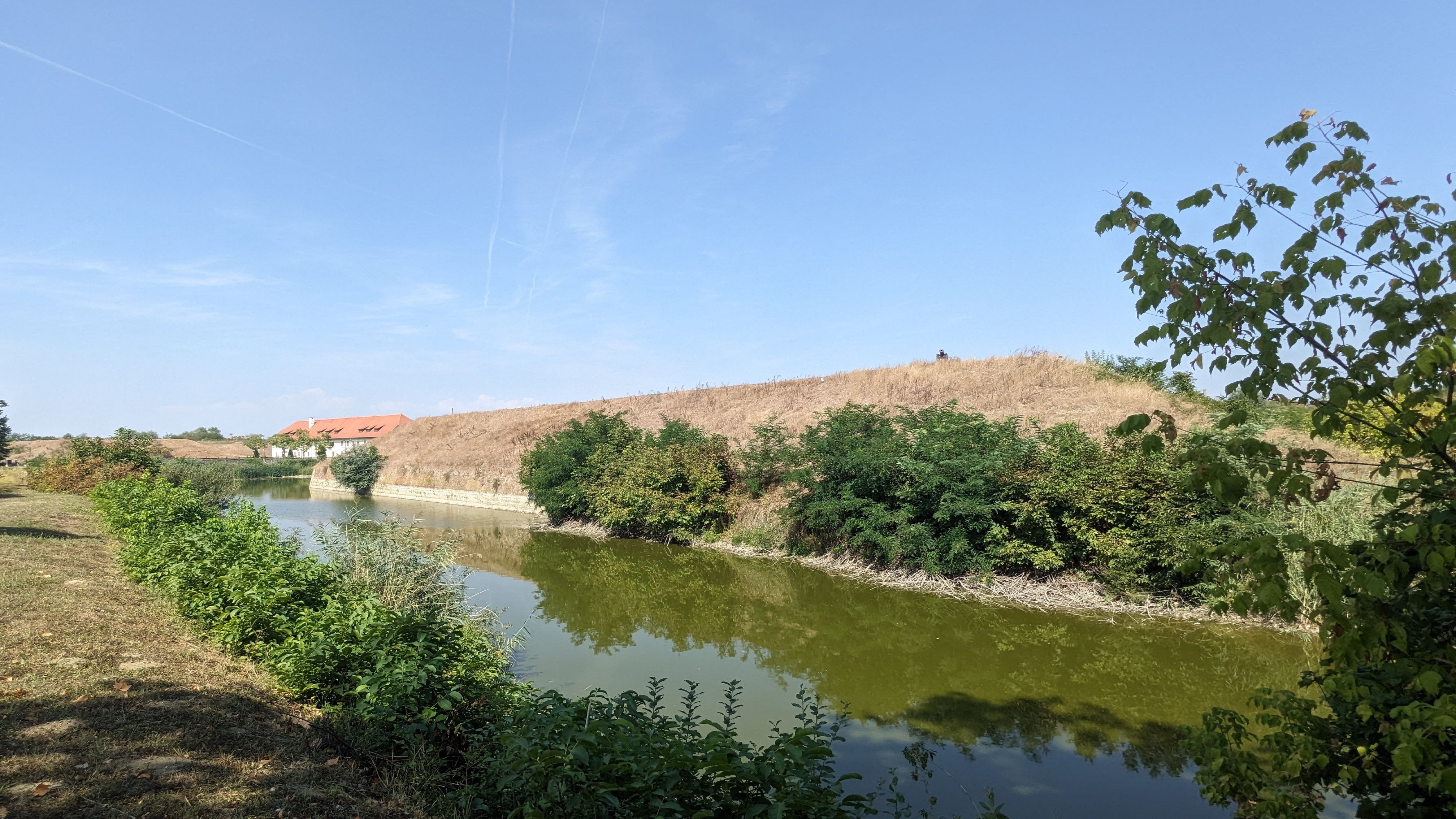
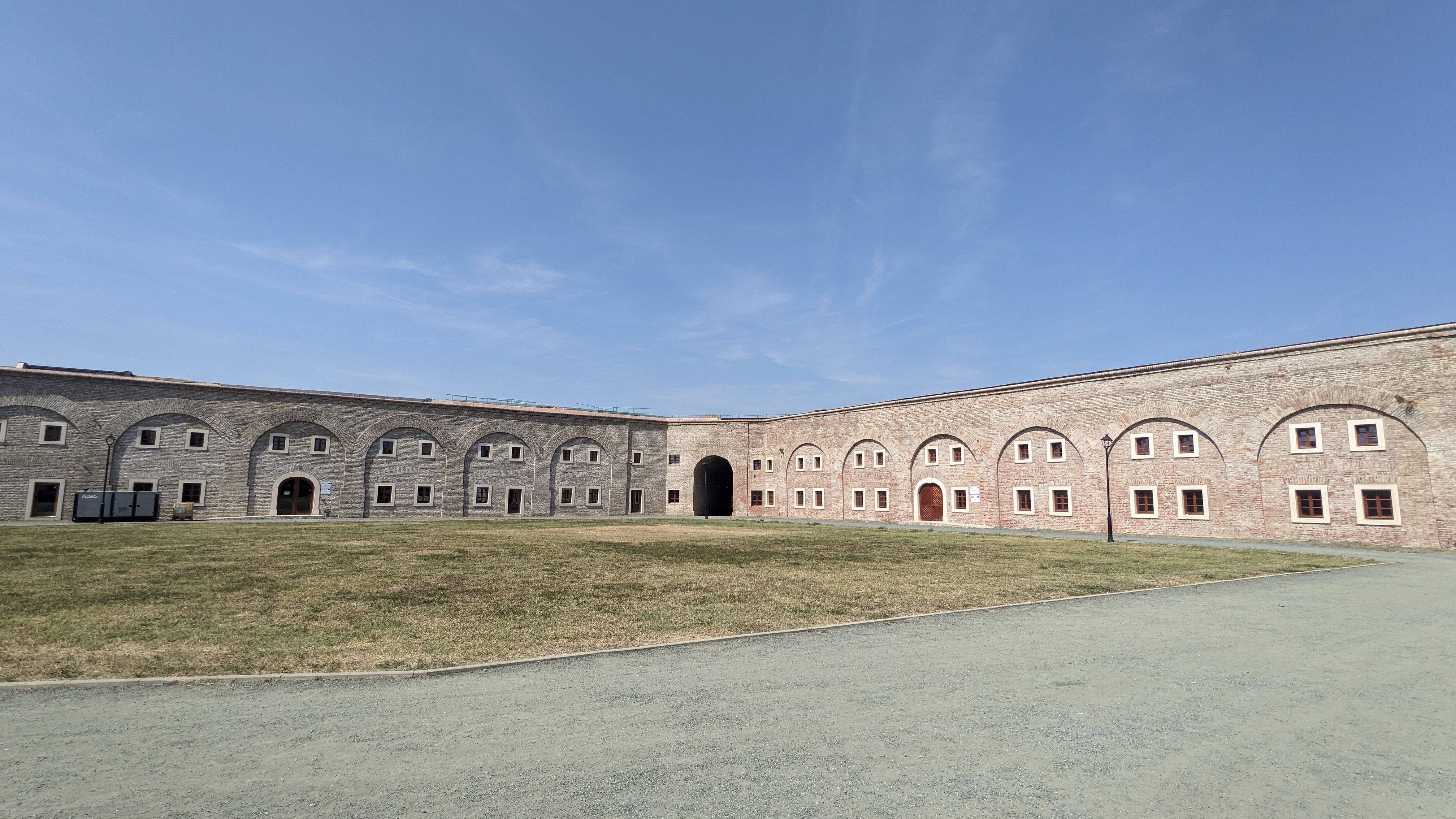
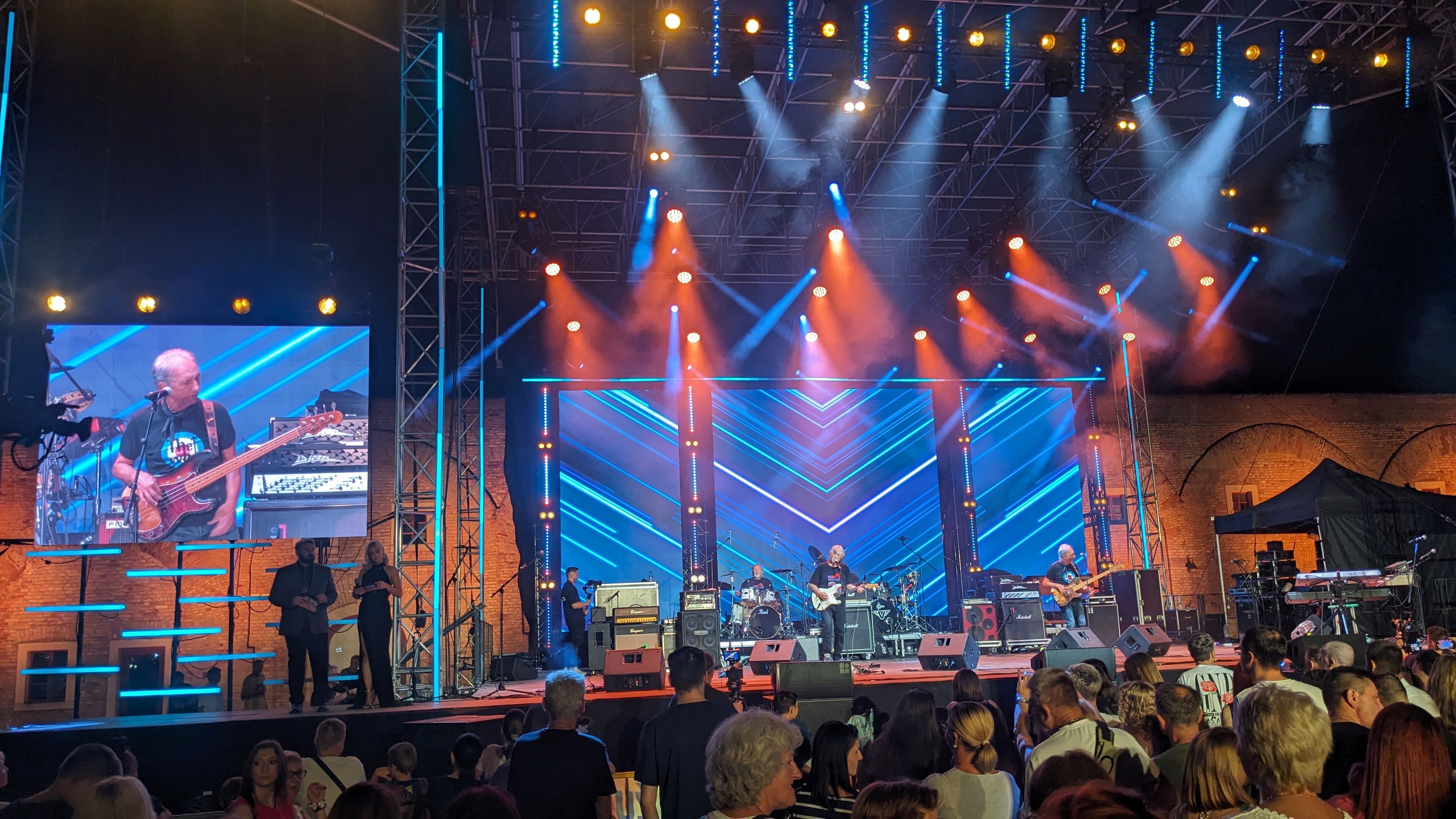
“That Prince Eugene was a smart guy - he knew what he was doing.”
In the 18th Century, Prince Eugene of Savoy had chosen this site for the fortress, which would protect a natural weak point in the Habsburg defences against the Ottomans.
“‘The clue is in the name of the town. Brod, in this sense, means crossing point, which is thanks to that island in between the two banks of the River Sava”
The Sava is one of Europe’s great defining rivers. In its thousand kilometre journey from its headwaters near Lake Bled, it wends around the capital cities of Slovenian Ljubljana, Croatian Zagreb before reaching Serbian Belgrade where it joins the Danube.
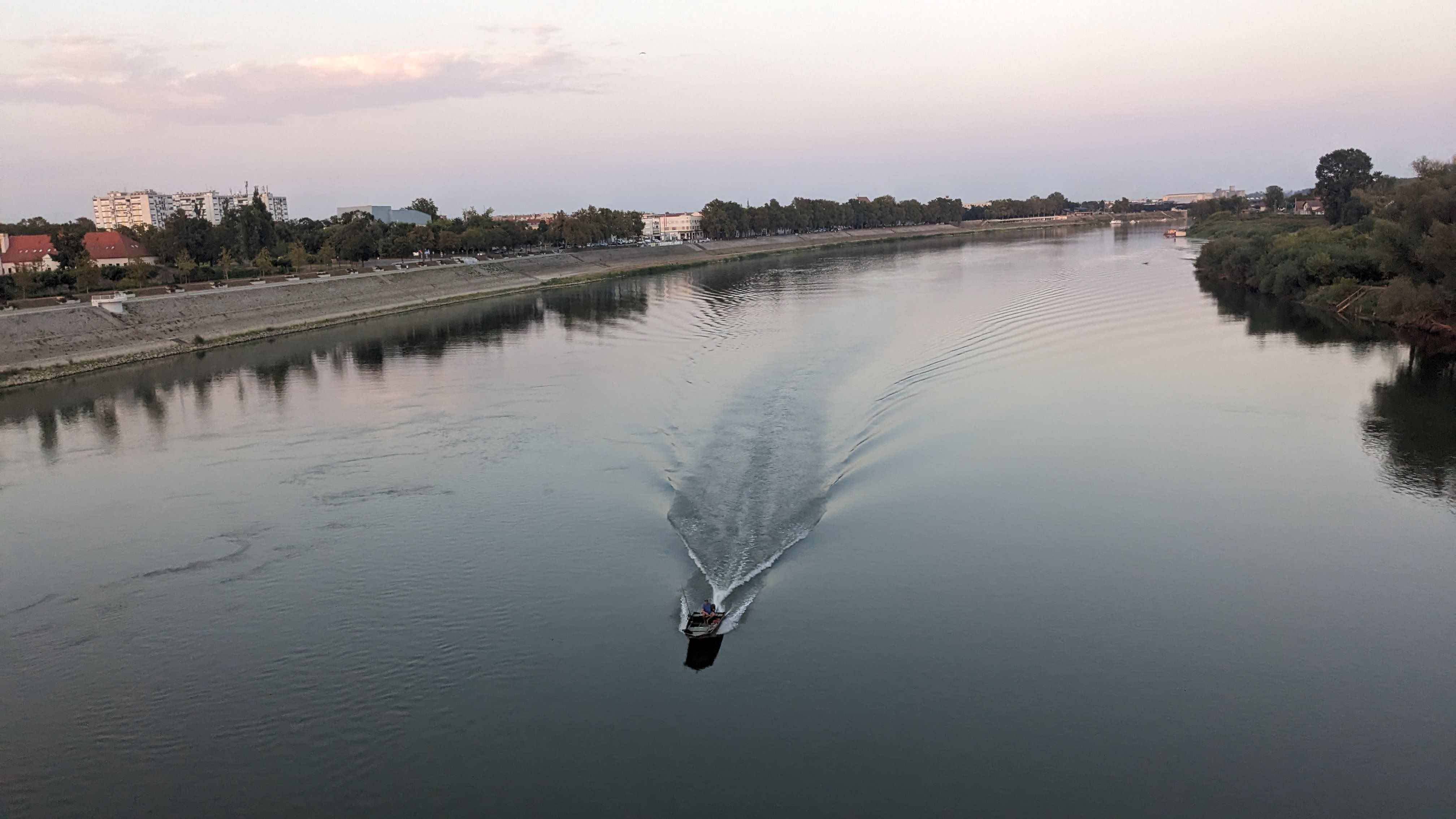 River Sava
River Sava
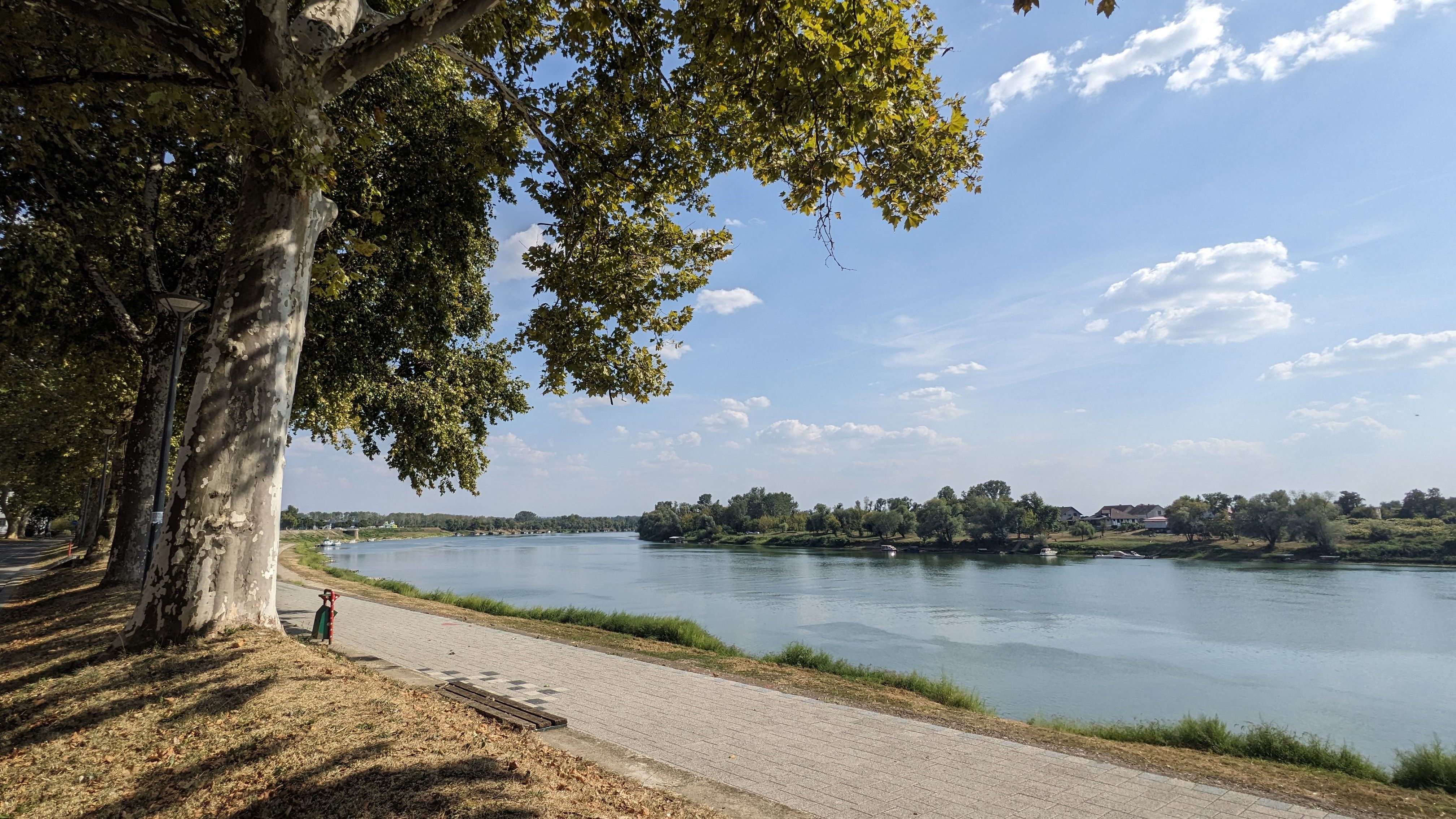
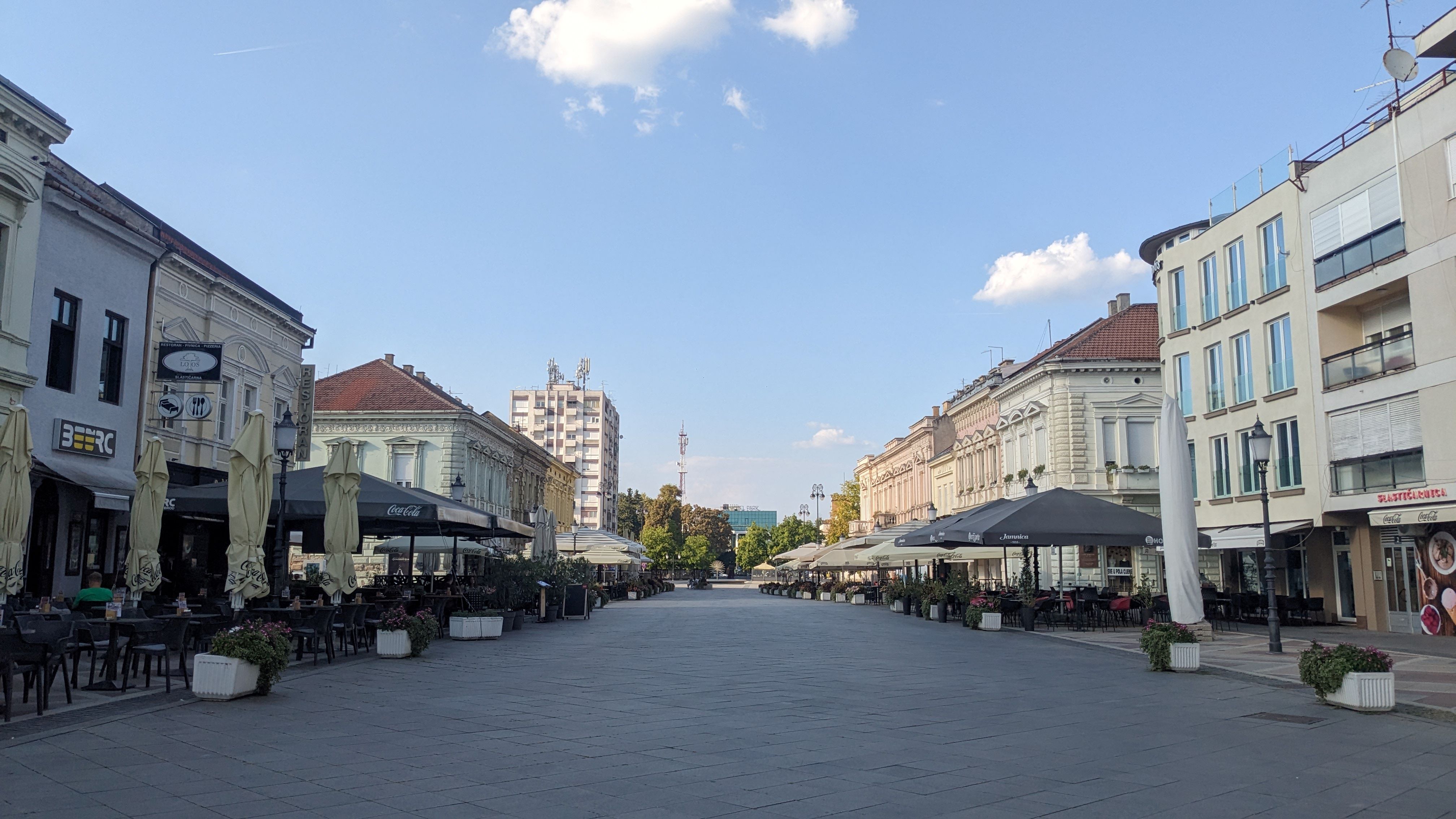 Korzo
Korzo
But as well as joining places, it also defines their limits. It forms the border between Croatia and Bosnia and has been used to define the boundary between the Balkan Peninsula and the rest of Europe. This side of the river is Slavonski Brod, being in the Slavonian region, the town on the Bosnian side of the river is Bosanski Brod.
“Of course, when I was young we knew very little about this place - it was still a military barracks for the Yugoslav army. Now the soldiers have gone and it is being restored as a historic monument - and a great venue”
There are also some quirky additions to the fortress - a tambura museum for those interested in the history of the guitar-like instrument and a couple of old steam locomotives, presumably from the nearby Đuro Đaković railway works.
Railways have played a significant part in the history of the town. The Orient Express used to pass through here and Agatha Christie chose this place for key scenes in Murder on the Orient Express
Most of the visitors to Slavonski Brod are Croats. They come out of interest in its history and to savour Slavonian cuisine (the wine festival was a couple of weeks earlier) but also because it’s home of one of their great children’s authors, Ivana Brlić-Mažuranić.
There is a darker side to Slavonski Brod’s recent history - Operation Corridor 92
When Yugoslavia collapsed, first with Slovenia declaring independence and then followed by Croatia, this area became a key focus in the war between Croat and Serbian (and Bosnian Serb) forces. A protracted period of shelling of the town led to many deaths. It’s a painful memory for many and the scarred buildings in the town act as a daily reminder.
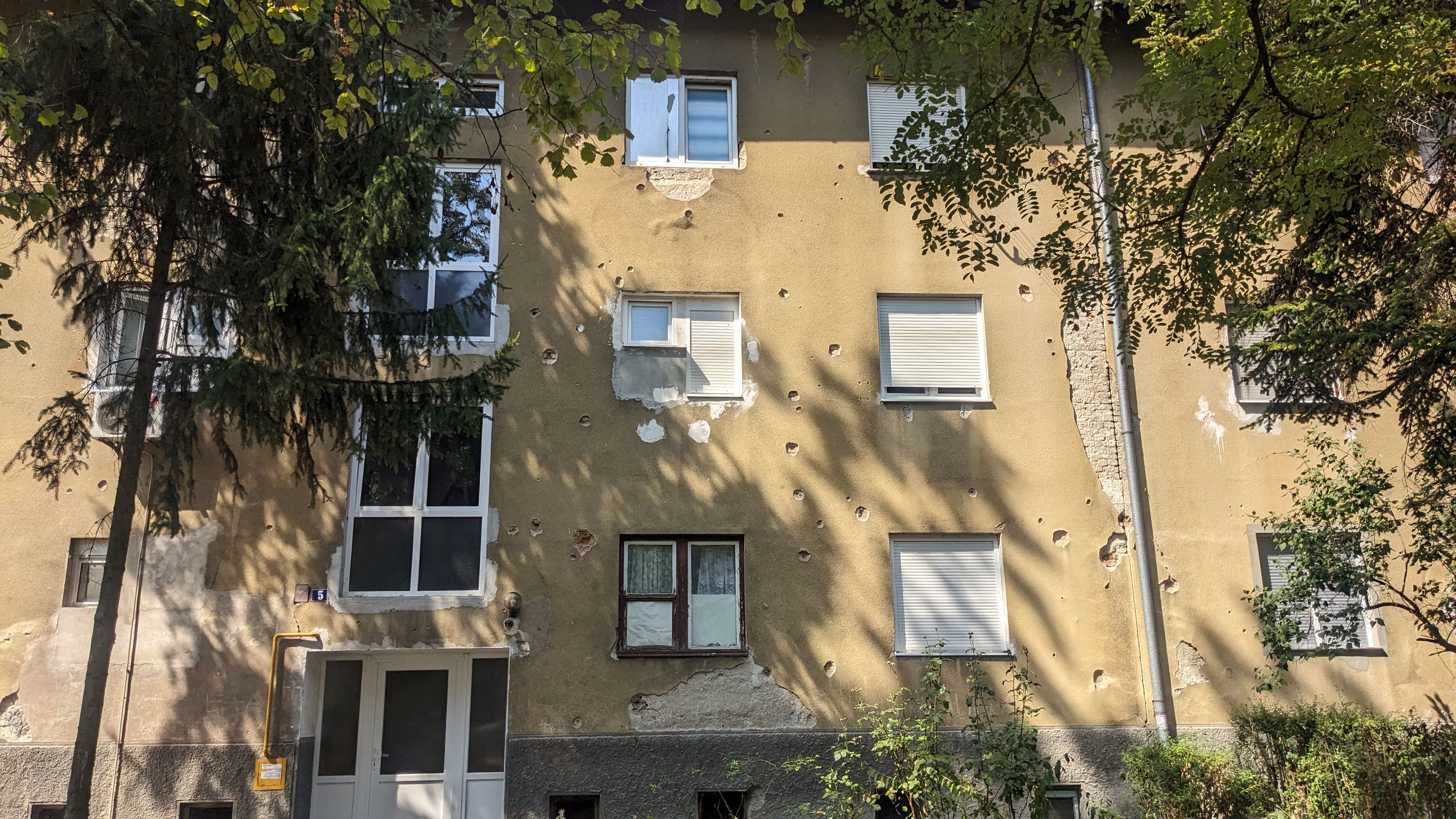 Scars from the war
Scars from the war
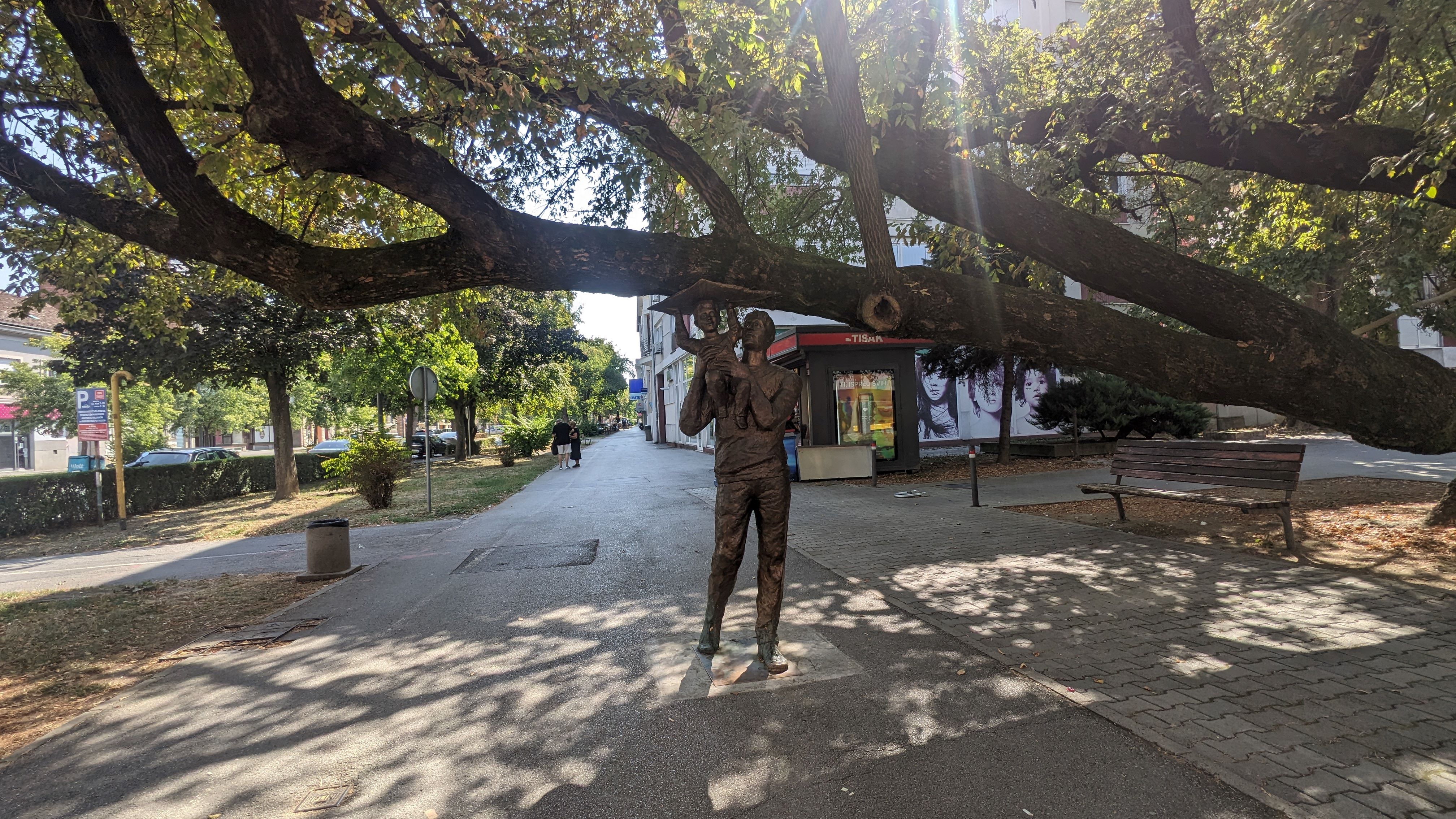 Statues supporting trees
Statues supporting trees
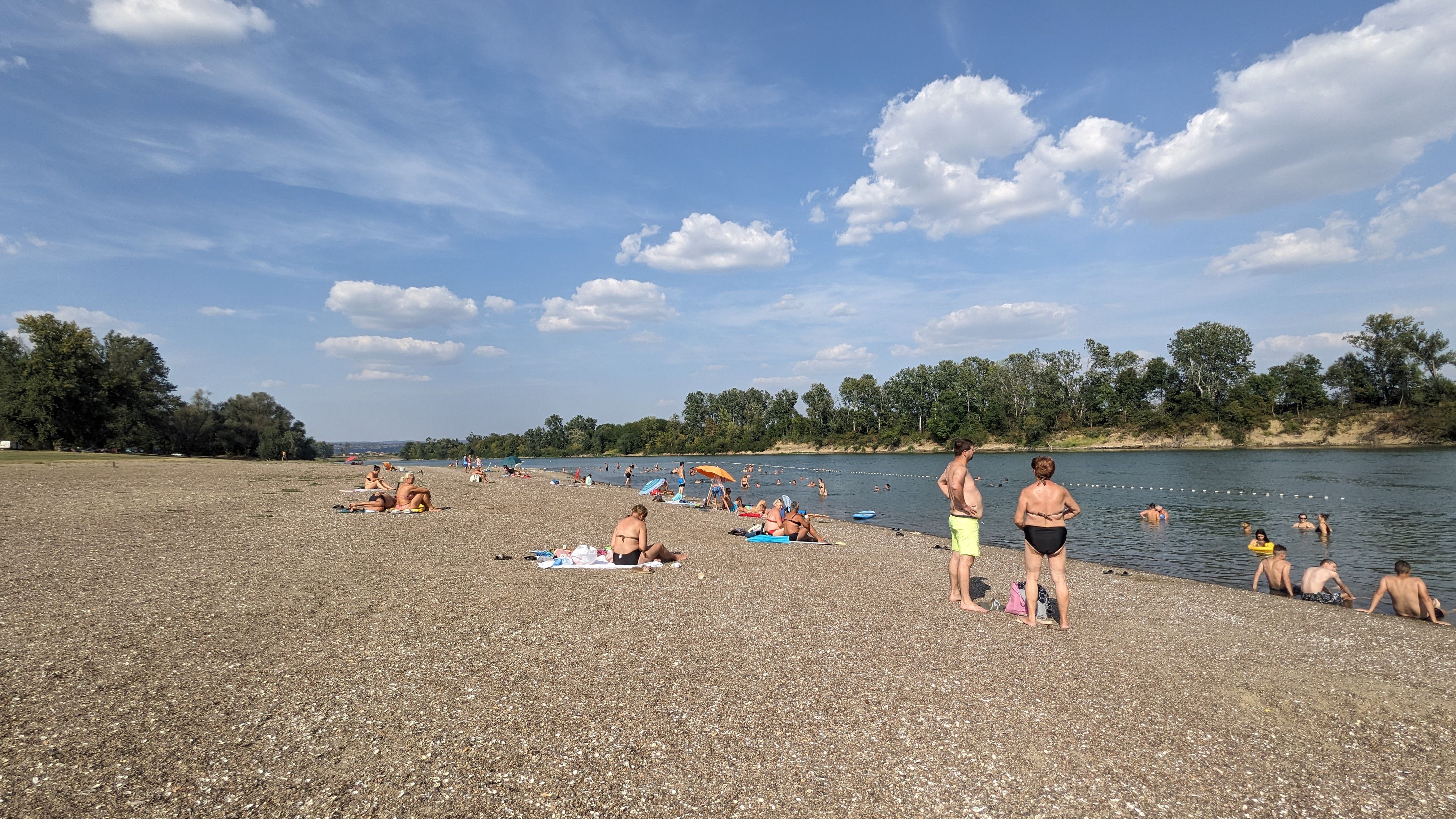 River Sava at Poloj
River Sava at Poloj
It’s a complex war to understand but offers so many insights that are relevant today (perhaps more than ever) and Goran feels like a good person to help navigate it.
“The desire for independence in the Homeland War (as the war is known in Croatia) was understandable but not everyone and everything fitted into neat categories”
“My step-father was ethnically Serbian, but was married to my mother who was ethnically Croatian. None of this mattered in Yugoslav times, but then people had to make choices - impossible choices”
Relations between the two Brods, Slavonski and Bosanski, are very limited. Friendship feels a long way away but attempts have been made to extend a hand of cooperation such as offering to send ambulances to Bosanski Brod to provide emergency care, but even these olive branches feel fragile.
Nevertheless pragmatism exists in other ways. Petrol (and alcohol) is cheaper on the Bosnian side and there have been a fair number of Slavonski Brod residents who have driven over the bridge to fill up. In the other direction, those with the money come to the EU for a greater selection of clothes and other consumer products.
I ask if Goran ever takes tour groups over to Bosanski Brod.
“No - but I’d consider it”
A wander around the two Brods is a stark contrast and was something I’d done the previous day. On the Croatian side, there is plenty of evidence of prosperity and not just in terms of shops, lively cafes, museums and leisure facilities. There are also signs of imagination and hope - a sculpture of a parent and child actually designed to hold up the wilting branch of a tree. What both sides do have in common are shrapnel-scarred buildings. The past is still too close to fill in the holes.
After saying goodbye to Goran and letting him get back to his music shop, I decide to head down to the beach at Poloj and wander past the line of houseboats, each one seemingly having a barbeque on the go. Going for a swim in the river rounds off a fascinating and thought provoking day - the ideal way to while away time before catching the bus to Sarajevo.
If you would like to book a tour with Goran, here are his details
Tourist info can also be found here
If you are interested in bathing in the river and want to check the latest water quality report see here